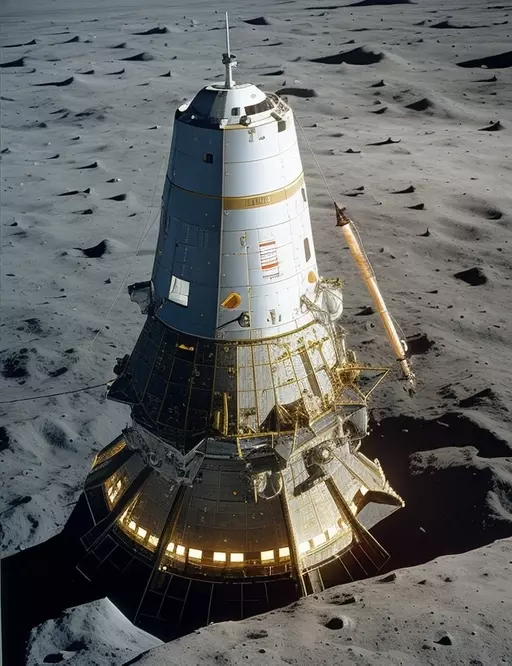Apollo 12 Launch: A Successful Journey to the Moon (1969)
The Sixth Crewed Mission in the Apollo Program

Introduction
On November 24, 1969, a pivotal moment in space exploration unfolded as NASA successfully launched the Apollo 12 mission, marking the sixth crewed mission in the Apollo program. This mission represented another stride toward the ambitious goal of lunar exploration.
Apollo 12 Mission
The Apollo 12 mission was the second crewed mission to land on the Moon. The crew consisted of Commander Charles 'Pete' Conrad, Command Module Pilot Richard F. Gordon, and Lunar Module Pilot Alan L. Bean. Their mission objectives included scientific experiments and exploration of the lunar surface.
Successful Launch
The launch of Apollo 12 was a critical step in the Apollo program, showcasing NASA's ability to conduct crewed spaceflights with precision. The Saturn V rocket lifted off from Kennedy Space Center, propelling the spacecraft into Earth's orbit before its trajectory towards the Moon.
Significance in Space Exploration
The successful launch of Apollo 12 solidified NASA's capabilities in crewed space exploration and contributed to the agency's growing expertise in lunar missions. The mission carried scientific instruments to gather data about the Moon's surface and furthered our understanding of Earth's celestial neighbor.
The Lunar Landing
Apollo 12 would go on to achieve a historic lunar landing, with astronauts Conrad and Bean descending to the Moon's surface. Their activities included conducting experiments, collecting samples, and deploying instruments, all contributing to the broader scientific goals of the Apollo program.
Legacy of Apollo 12
The success of Apollo 12 and its subsequent lunar landing added to the legacy of human space exploration. The mission demonstrated the advancements in technology and expertise required for crewed spaceflights, leaving an indelible mark on the history of space exploration.



